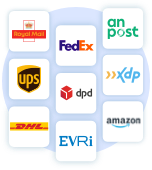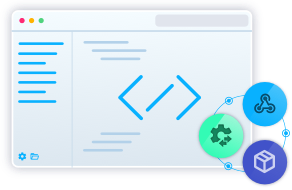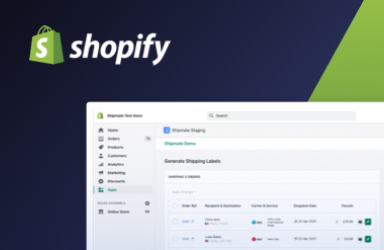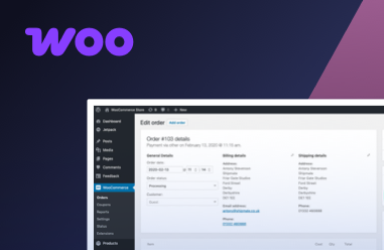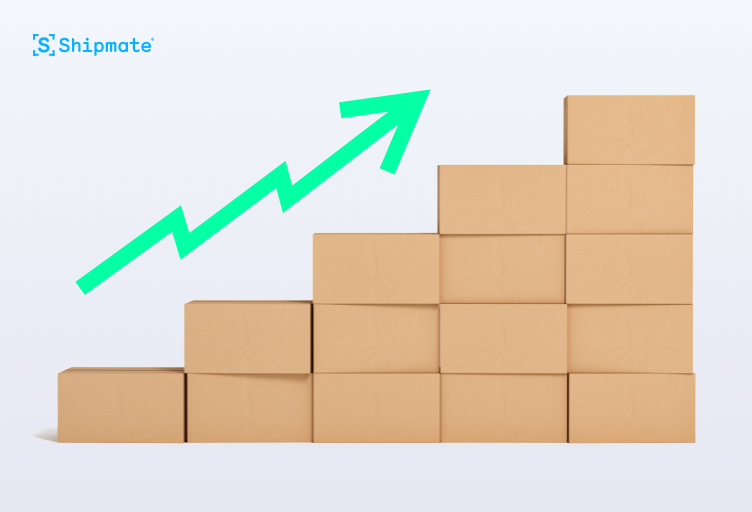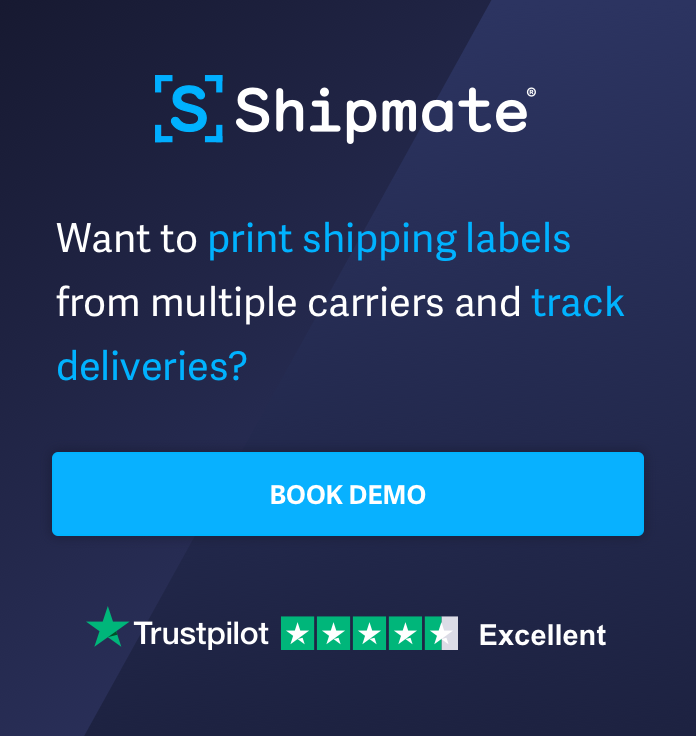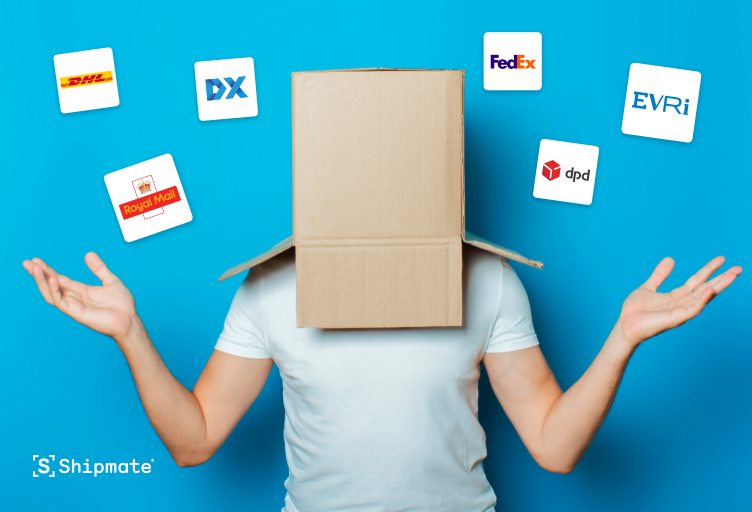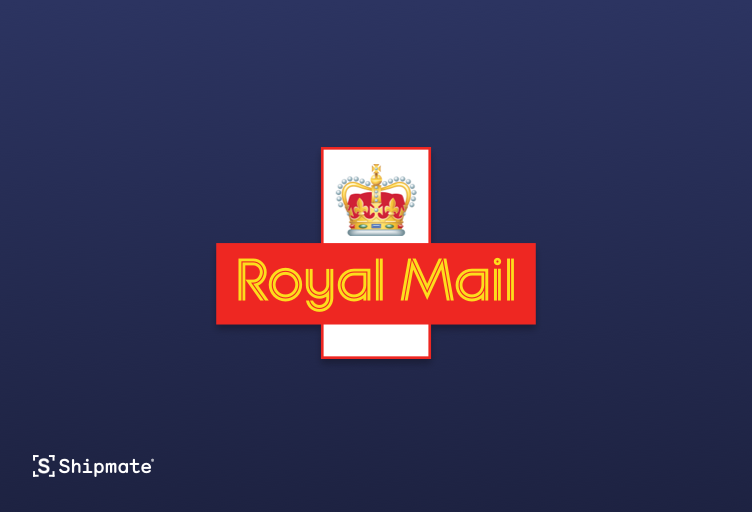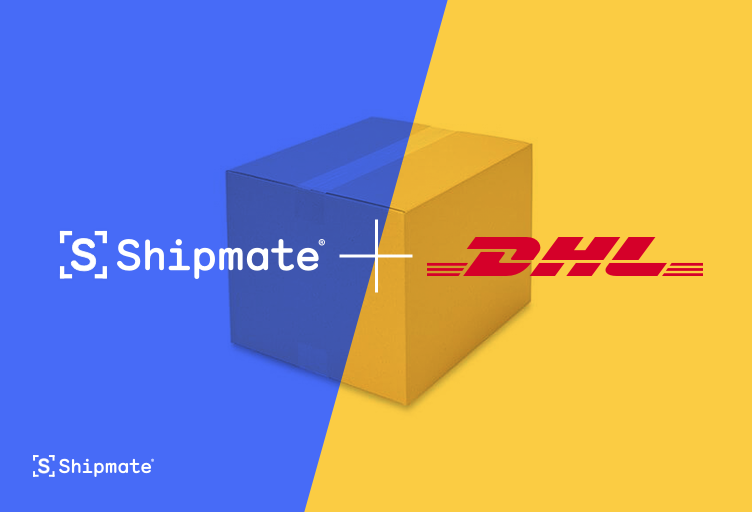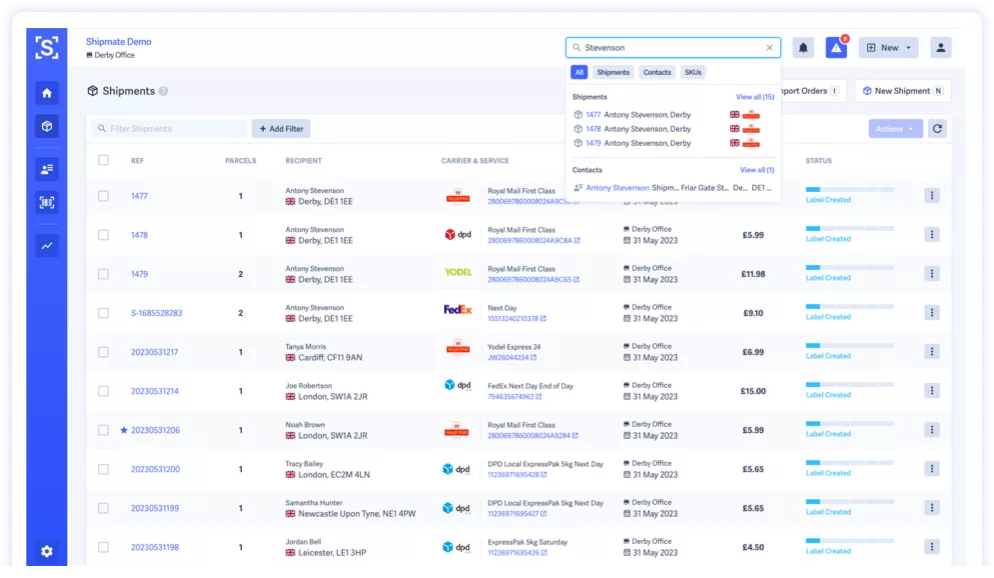See your order delivery strategy as an opportunity for increasing eCommerce sales and encouraging customer retention.
So, you’ve established your ecommerce business (or at least thought of a great product-offering within a defined niche) - you’ve run the financial numbers, developed a product or sourced a supplier, set up your ecommerce sales channels, created a memorable brand, nailed your marketing, pricing and payment gateways and now the orders are flooding in - great!
Yes, we know it’s not that simple (we’ve made quite a few ecommerce websites ourselves), but getting orders from willing and engaged customers is often the primary (and exciting) goal of ecommerce business owners - fulfilling those orders can often be perceived as, shall we say, the less glamorous side of running a successful online business.
'Delivery is boring!', 'a necessary evil!', 'a huge drain on my time and my staff!'...we hear you cry - well maybe not quite, but, we get it - delivery fulfilment is often the least favourite task in the myriad of never-ending jobs that you and your team might find yourself performing.
What’s required here, is a change of perspective - in this guide we’ll show you how to:
Understand why delivery is so important (for the bottom line)
Plan your delivery strategy for increased sales
Give choice, without over-promising
Use tracking and returns as an opportunity to impress
Why is getting delivery right so important?
According to several recent studies, lack of fast, free delivery at checkout is the number one reason for shopping cart abandonment, with 45% of customers, on average, leaving unpurchased items in the trolley due to excessive delivery costs or lack of delivery options - that is an incredible statistic, and shows just how important having a delivery strategy is.
It goes without saying that Amazon Prime has raised customer expectations (I can sense eyes rolling), often well beyond the capabilities of smaller online retailers - consumers understand this, but it’s becoming increasingly clear; the ecommerce retailers that get delivery right will prosper, those that don’t will experience:
Ecommerce stores live and die by repeat sales. It costs a fraction of the marketing spend to resell or upsell to current customers than it does to achieve first-time purchases. Establishing a delivery strategy that is in-line with customer expectations is vital for creating trust, delight and all-importantly; recurring sales.
Of course, free, quick delivery is not always possible, but there are several strategies for improving your fulfilment processes without creating staff, time and cost overheads and providing delivery to a standard customers have come to expect.
"Treat delivery as an extension of your marketing strategy - you’ve no better opportunity to reduce shopping cart abandonment, win repeat sales and build an excellent reputation online."
How to create a successful eCommerce delivery strategy that increases online sales
Shipping is a challenging part of running a successful ecommerce business, but also, currently very much in focus as an exciting opportunity to gain a competitive advantage.
More and more carriers are offering viable, quick delivery services for small to medium businesses - there’s as much pressure on carriers to provide cost-effective and quick delivery services as there is on retailers, and now is the time to take advantage of a competitive market place.
So, what strategies should you focus on? Well that depends greatly on the type of products you sell online. Which carrier or carriers you work with and the delivery options you offer will differ greatly from selling greetings cards to selling wardrobes.
Your fulfilment costs and service quality will be primarily dictated by the carriers and services you use and it’s important that you choose the right carriers for the products you sell. What’s more important is that you take control of the parts of the fulfilment chain that you can, and make sure that your delivery strategy is inline with your customers needs and expectations.
Create a delivery strategy with sales objectives
Nothing annoys customers more than a poor delivery experience. And annoyed customers equates to bad reviews and loss of business. We’ve all heard stories or directly experienced slow delivery, parcels never arriving and parcels left in the weirdest places - delivery is a contentious issue to say the least.
Although you can’t always control the delivery experience end-to-end, you can make sure that the parts you can control are of a high standard. We’ve detailed out some do’s and don’ts to make sure your delivery strategy is always customer-focussed...
Be clear and upfront about your delivery options and costs
Make sure that customers can see your delivery service options clearly on your website. You can even use delivery as a key selling point from the off, especially if you’re able to give free or reduced shipping, or can offer next day delivery if orders are completed before a set time of the day. You may want to include a countdown timer to encourage a sense of urgency in the buyer.
Many successful eCommerce stores display a slim banner at the top of the homepage highlighting delivery options - this is prime screen real estate and shows how important delivery is to consumers.
Include a link to your ‘delivery information’ page from this banner which details out all your available delivery options, delivery promotions and what to do if something goes wrong. Unexpected delivery fees will only add to those dreaded shopping cart abandonment rates.
Create a delivery strategy that works both for you and your customers
Unless you are sending extremely high volumes of parcels it’s not always possible to factor delivery costs into your markup and offer free delivery to customers. By the same token, simply hiding delivery costs in product prices is not a good strategy as prices then become uncompetitive, whilst removing customer choice from the process.
Instead offer transparent options around volume, selected items, loyalty or subscription schemes or special seasonal deals at certain times of the year.
Volume discounts on shipping
Give customers the option of free or reduced shipping costs should they purchase an amount of items. “Buy 5, get FREE shipping” is more enticing than “Buy 5, get 1 free”, and your margins will be roughly the same.
Also, offering free shipping on orders above a certain threshold encourages a full shopping cart and is a major trick used by Amazon to increase average order value. As a guide this should initially be set just above average order value.
Highlighting related items on the basket page with encouragement to ‘add to basket to receive free shipping’ is a highly successful strategy used by many Shipmate customers, leading to around a 90% success rate in shoppers adding items to reach a free shipping threshold.
Free delivery on selected items
Adding free delivery to certain items in your inventory, especially those with high margins, also encourages increased average order values. Once free shipping has been secured, shoppers are highly likely to add further items to the basket.
This is also an excellent strategy for clearing unwanted stock, especially if offered for a limited period. Tie this in with a social media or email campaign and you’ll soon create a sense of desire and urgency in your customers and reduce inventory surplus.
Use free delivery to encourage up-sell & cross-sell
Using free delivery to encourage shoppers to buy additional related items or a superior model is again a strategy that works best at the basket/checkout stages. Whether the discount is applied as an order threshold or on a specific combination of items, the result is, more often than not, an increased order value.
Reward loyalty with free delivery
Recurring revenue and repeat sales is the holy grail of eCommerce selling. Encouraging loyal customers to keep returning to buy is an essential strategy for online success. Rewarding loyal customers can be initiated on an adhoc basis, with fairly regular promotions that could include free delivery or another strategy to consider is making your business, or at least part of it, into a subscription based model.
A subscription based business can help iron out the peaks and troughs of income, allowing you to plan ahead with a fairly level cash flow stream that’s almost guaranteed for the short to medium term - allowing you to build in free delivery to those customers that have committed to buying from you for a period of time.
Offer free delivery during certain times of the year
If your sales are seasonal, one way to increase orders during quiet periods is to offer an attractive discount tied in with free shipping - any losses can be offset during peak periods. Satisfied off-peak customers, once in your marketing funnel, can and will return during peak periods and may even potentially offset their own cost of acquisition.
Give your customers choice
Using shipping as an incentive to buy more is a tried and tested strategy for increasing order value. Sometimes though, customers just want the choice and providing a comprehensive range of delivery options from express, next-day through to economy should help cover all bases for those that want quick but expensive delivery, to those that are prepared to wait a little longer, for a cheaper delivery fee.
Depending on the range of products you sell this might require a multi-carrier approach, especially if you are considering sending parcels internationally. Using more than one carrier for fulfilment comes with its own management issues (and this is where Shipmate really can help) - but being able to offer a comprehensive range of delivery and cost options at checkout is a sure way to reduce cart abandonment.
Deliver on your promises
It goes without saying that delayed deliveries will cause you nothing but pain. Many aspects of fulfilment will be out of your control, but those parts that are, should be dealt with quickly and smartly.
Speedy fulfilment pre-carrier will give you the best chance of orders being delivered on time, resulting in good reviews, trust building and reputational improvements.
It is often tempting to throw more human resources at fulfilment during busy periods, and this may still be the case, but using a platform like Shipmate to manage orders from all your channels and print labels from multiple carriers will help you speed up delivery and reduce customer queries. Staff are also released from mundane jobs, such as data entry and allowed to focus on higher value tasks.
Adopting new technology can be scary, but parcel management software can help you reduce staff overheads, speed up fulfilment and save you a huge amount of time - allowing you to focus on what’s important - growing your business!
Own the parcel tracking experience
Should deliveries be delayed, or you find yourself responding to customer queries often, it’s time to address parcel tracking. Most carriers will provide tracking portals for you and your customers to use, but what happens if you use multiple carriers? Some carriers will provide email and text updates to your customers, but again that’s something out of your control, and potentially a missed opportunity.
Shipmate accounts all come with a free, branded and most importantly unified tracking portal that bring varying carrier updates into a simple-to-understand and informative interface with consistent and unified tracking updates, all wrapped up in your own brand and colour scheme.
We’re also developing the opportunity to add promotions, social media posts and product highlights to these pages, all manageable from right inside your Shipmate account.
A personalised, branded tracking portal not only reduces time-consuming customer queries but is an opportunity for upsell, and for you to ‘own’ the parcel tracking experience. Something that customers value, perceived as the online seller taking responsibility for fulfilment and is the first line of support when something goes wrong.
Offer free (or at least hassle-free) returns
We could write a whole post on returns, and we probably will - returns can be disappointing, frustrating and, at times, it seems like the customer is taking the mickey. But if you build in a clear and practical returns policy from the start, you will gain reputational benefits.
Again, it all comes down to customer expectations, which are rising all the time. Over 30% of online shoppers deliberately over-purchase, only to return what they reject. Add ‘Wardrobing’ and returns fraud into the mix, and it starts to feel like a losing battle.
Be clear on your returns policy (although it’s unlikely to be read), but more importantly reduce returns as much as possible with clear images, product descriptions and size metrics. Manage customer expectations and you’ll see a downturn in returns.
Returns will happen - in short; mitigate where you can and streamline your returns process as much as possible.
In conclusion
We get it; fulfilment can be a pain.
If you treat delivery as an extension of your marketing strategy rather than a necessary evil, you can increase loyalty, reputation and most importantly; repeat business. See delivery as another customer touchpoint and an opportunity to impress.
Managing delivery effectively will increase sales, which will in turn increase the requirement for better parcel management, and so on. It’s a virtuous cycle, and one you need to get ahead on, in the competitive world of online selling.
 Shipmate - automated shipping software for UK and Republic of Ireland online retailers
Shipmate - automated shipping software for UK and Republic of Ireland online retailers











